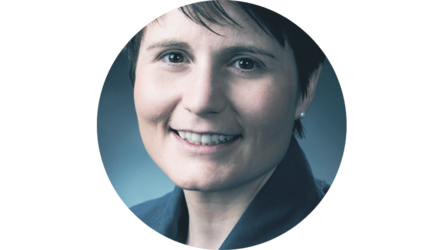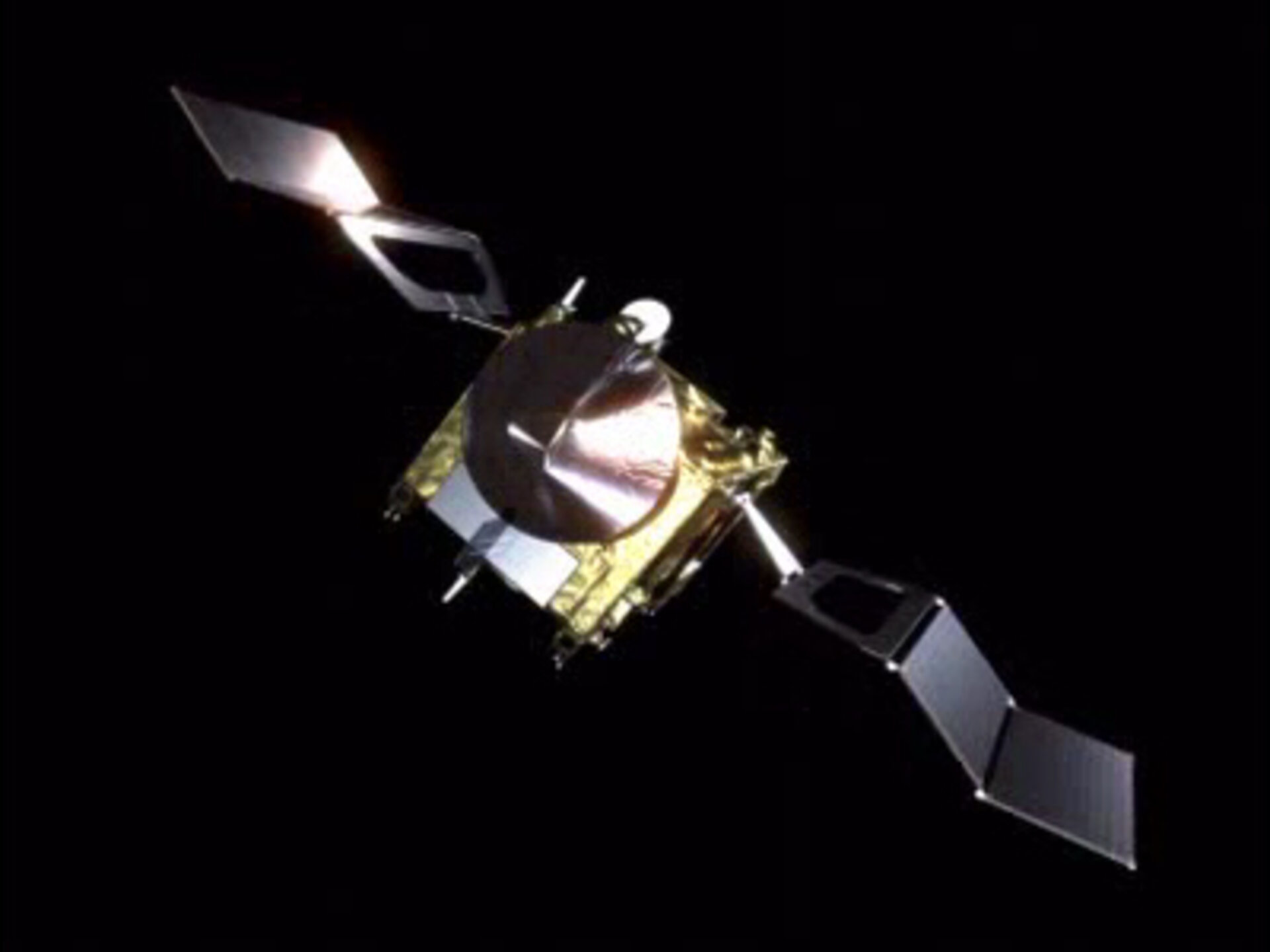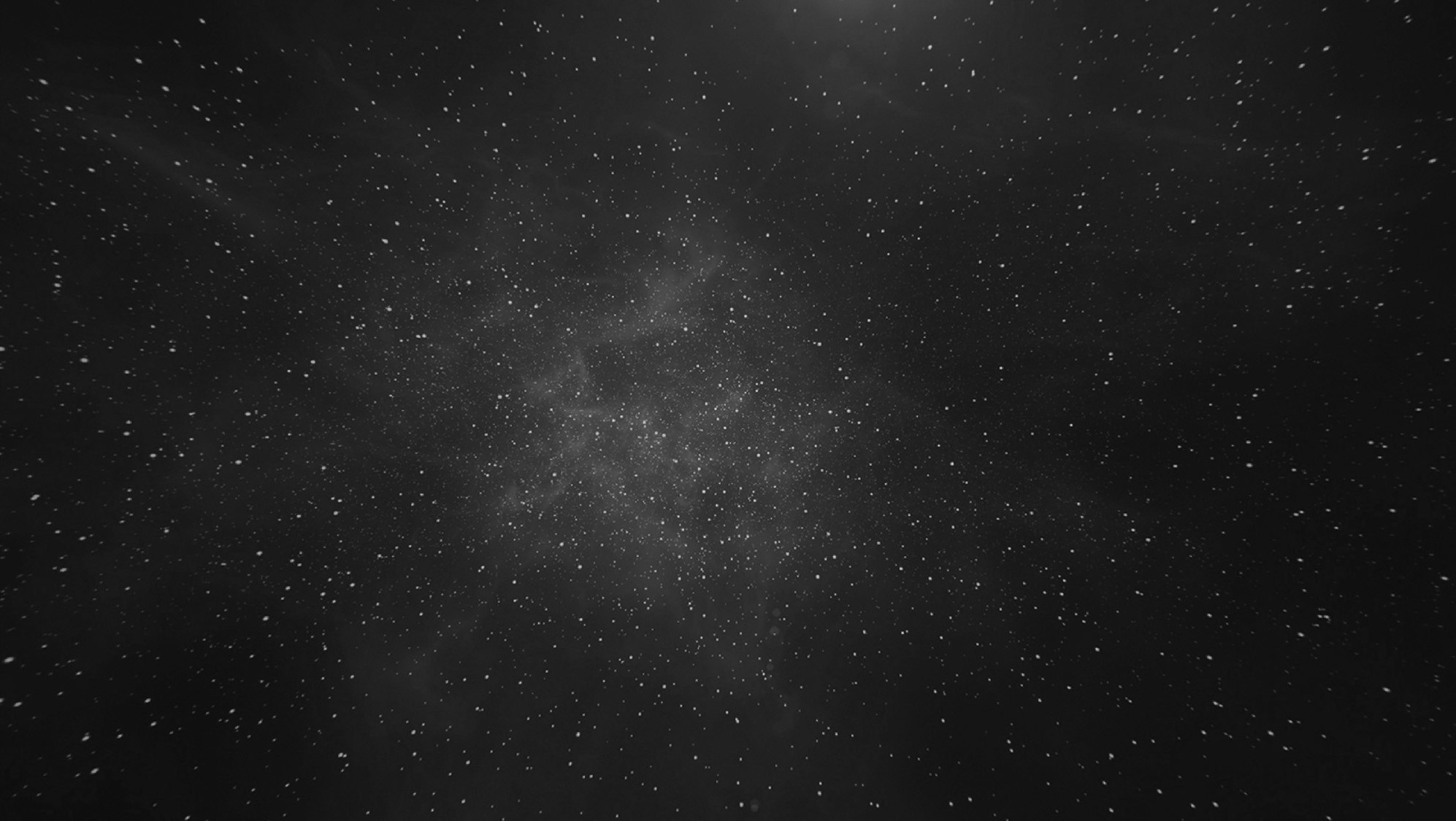Examples of Technology Harmonisation achievements
After more than a decade of operation and more than 50 technology areas harmonised, ESA's Space Technology Harmonisation Process has become an established European process. Examples of its achievements include:
Hold Down, Release, Separation and Deployment Systems (HDRSS)
These are used to help separate launcher stages and spacecraft or else release extendible booms or foldable antennas from the body of satellites.
The harmonisation roadmap on Technologies for HDRSS approved in 2008 has led to a very ambitious development programme. Key building blocks for deployable appendages and satellites separation systems like rotary actuators, non-explosive actuators for hold-down and release mechanisms, reduction gears, rotary dampers and deployment hinges have been addressed including their associated enabling technologies.
These are strategic mechanisms for which very few European competitive alternatives exist despite the increasing demand for future platforms. The harmonisation exercise has enabled to define and agree together with industry on a precise and timely development strategy.
This has been further supported by a dedicated workshop defining priorities in terms of performances of each family of mechanisms. This harmonisation fully contributes to the strengthening, increased competitiveness and the independence of European industry on the worldwide market.

Aerothermodynamics Tools
Aerothermodynamics is the study of how gases behave at high temperatures and pressure - and a vital area for modelling launcher behaviour and atmospheric entry of spacecraft.
The Harmonisation process for Aerothermodynamics Tools is progressing towards the objectives defined in 2002/2007. Under ESA coordination the Process has led to the creation of pro-active working groups which periodically evaluate objectives and new needs in the field, minimizing unnecessary duplications and consolidating Europe's strategic capabilities.
The last European Symposium on Aerothermodynamics for Space Vehicles made clear the worldwide acknowledgment of such ESA-organized Working Groups.
Emphasis has been put on developing the tools to the point of obtaining a technological product in support to the aerospace industry, such as today's propulsion system analysis tool ESPSS (European Space Propulsion System Simulation); the plasma radiation database PARADE (database on reaction rates) as well as diagnostic techniques and measurement devices, like the 18 experimental payloads developed and ready to fly with on ESA's Expert experimental reentry vehicle (see right hand link).















 Germany
Germany
 Austria
Austria
 Belgium
Belgium
 Denmark
Denmark
 Spain
Spain
 Estonia
Estonia
 Finland
Finland
 France
France
 Greece
Greece
 Hungary
Hungary
 Ireland
Ireland
 Italy
Italy
 Luxembourg
Luxembourg
 Norway
Norway
 The Netherlands
The Netherlands
 Poland
Poland
 Portugal
Portugal
 Czechia
Czechia
 Romania
Romania
 United Kingdom
United Kingdom
 Slovenia
Slovenia
 Sweden
Sweden
 Switzerland
Switzerland






























